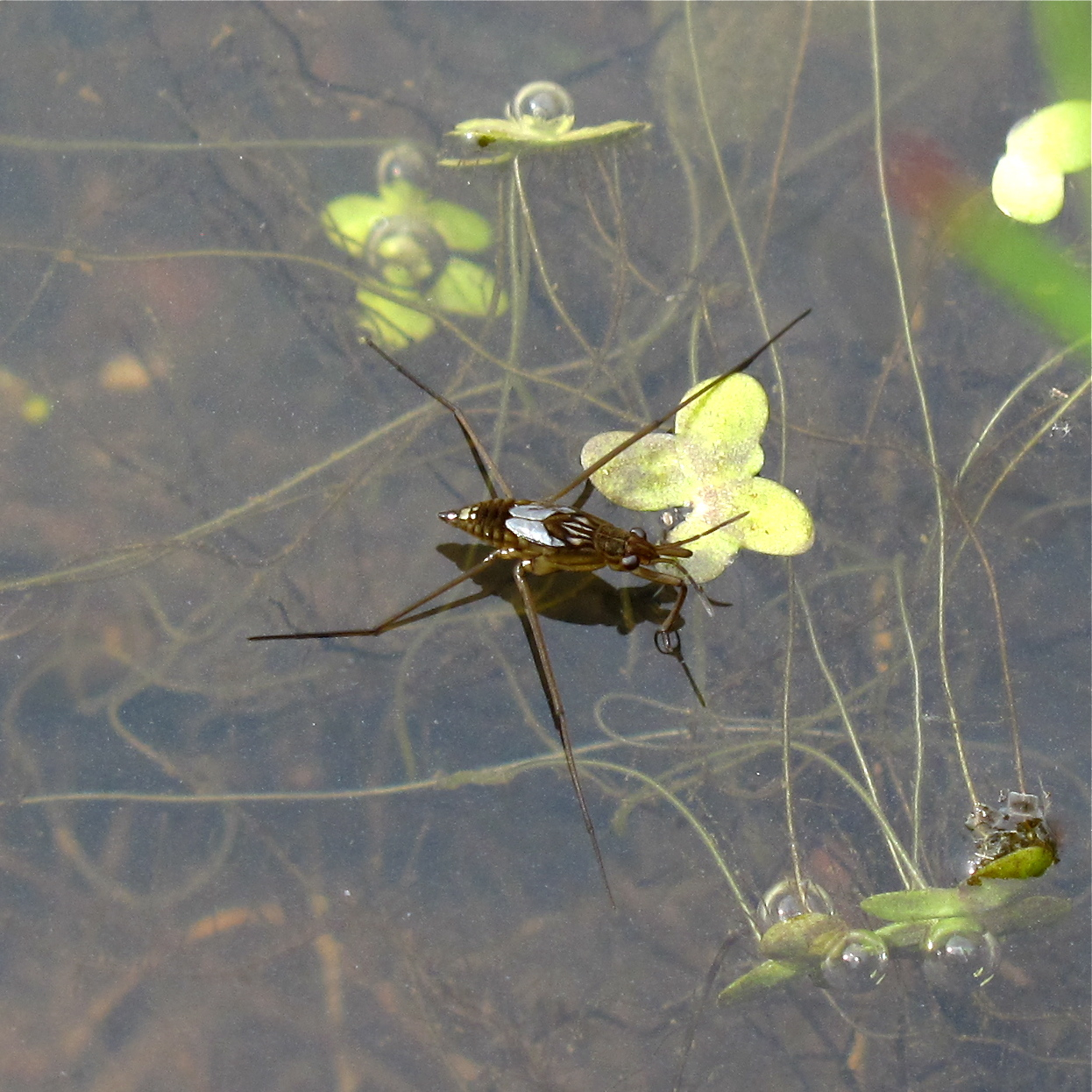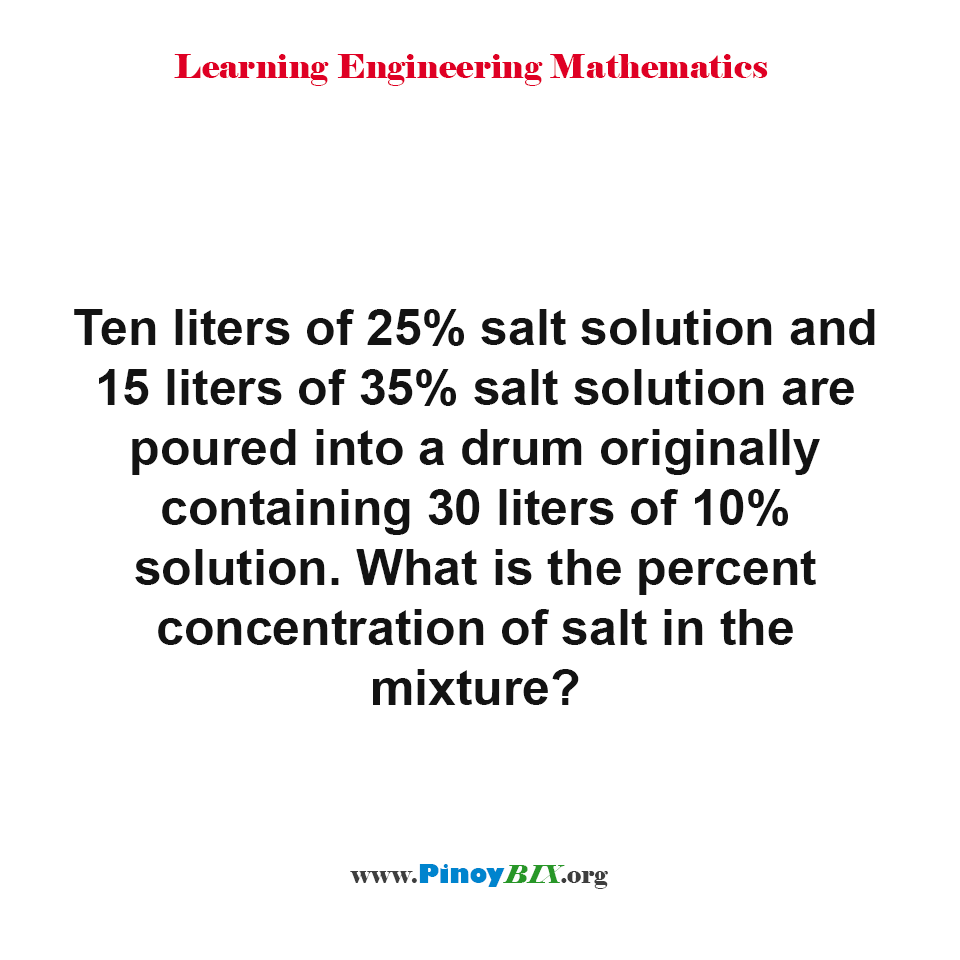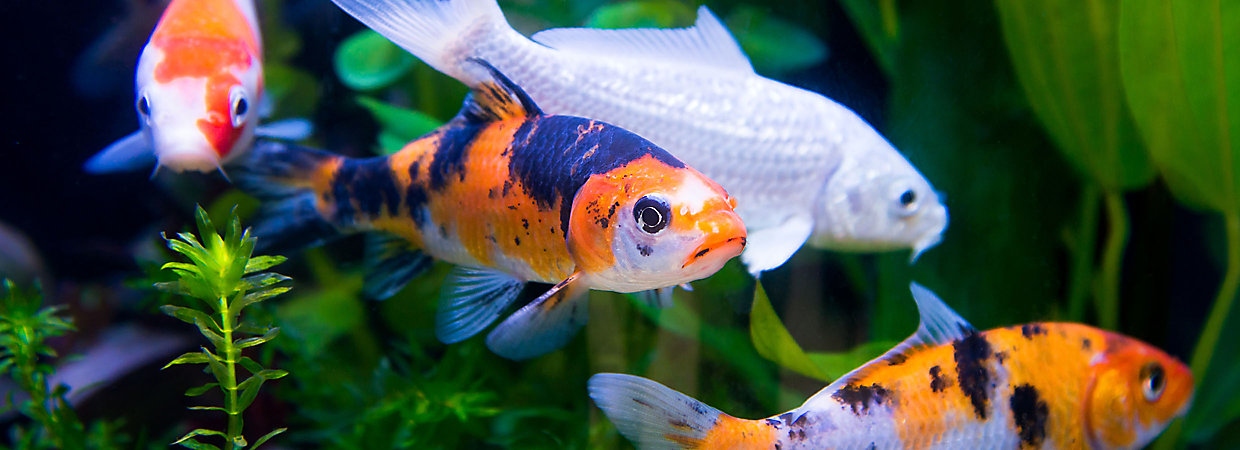
Table Salt and its Effect on Koi Ponds: Everything You Need to Know
Introduction
Koi ponds are aquatic systems where koi fish are raised. Salt is one of the most important components of a koi pond as it helps in maintaining the overall health of the fish. In this article, we will discuss the importance of table salt in koi ponds, how it affects the water chemistry, and what is the optimum amount of salt to use in a koi pond.
What is Table Salt?
Table salt is a basic culinary ingredient that is used for seasoning food. It is composed of sodium chloride, which makes up about 98% of its chemical makeup. Sodium chloride is soluble in water, and it is generally recognized as safe for human consumption by the United States Food and Drug Administration (FDA).
Importance of Salt in Koi Ponds
Salt is a crucial component of koi ponds because it helps to maintain the health of the fish. Salt is a natural antibiotic that helps to prevent and treat bacterial infections in koi fish. It can also help to reduce stress in fish and improve their overall health by strengthening their slime coats. Salt can also aid in osmoregulation, which is the process of maintaining the proper balance of salt and water in the fish’s body.
Effect of Salt on Water Chemistry
When salt is added to water in a koi pond, it affects the water chemistry in several ways. One of the most significant effects is that salt increases the total dissolved solids (TDS) of the water. This can affect the pH of the water and make it more alkaline. Salt can also make the water harder, which can lead to scaling on the pond’s surfaces and equipment. Additionally, salt can also interfere with the growth of algae and other aquatic plants in the pond.
Optimum Salt Level for Koi Ponds
The optimum salt level for a koi pond is dependent on several factors, including the climate, the health of the fish, and the type of parasites and pathogens that may be present in the water. Generally, most koi ponds use a salt concentration between 0.1% and 0.3%. This range is considered safe for the fish while still providing the benefits of salt to the pond’s ecosystem.
How to Add Salt to a Koi Pond
Adding salt to a koi pond is a simple process. The first step is to determine the amount of salt needed according to the pond’s size and the desired concentration level. Next, the salt should be dissolved in a bucket of water before slowly pouring it into the pond. It is essential to dissolve the salt first, as adding undissolved salt directly to the pond can harm the fish and cause stress. It is also important to monitor the salt levels in the pond regularly to ensure that they remain at the desired concentration.
Conclusion
In conclusion, table salt is an essential component of koi ponds that helps to maintain the health and well-being of the fish. It is important to remember that salt can affect the water chemistry of the pond, so it should be added in the correct concentrations and monitored regularly. By following the guidelines outlined in this article, you can help to ensure that your koi fish thrive in their aquatic environment.
Image References







.jpg)